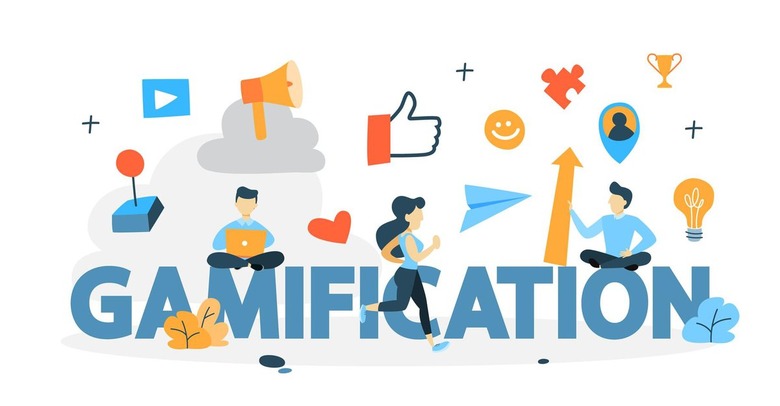If you’re in the business world and haven’t heard of gamification, you might be living under a rock. It’s not just a buzzword; it’s a game-changer. And when you master it, you’re not just playing games; you’re winning them. In this article, we’ll dive into how gamification and rewards can increase sales, improve employee retention, and cultivate a workplace culture that’s not just productive but downright fun. This is how you can transform your business from good to great, in the style of Alex Hormozi.
Gamification: Turning Work into Play
First off, what is gamification? It’s the art of taking the elements that make games engaging—like points, levels, and rewards—and applying them to non-game contexts. Think of it as turning your business operations into a game where everyone wants to participate and win.
Increase Sales with a Competitive Edge
Sales teams thrive on competition. By incorporating gamification, you create a healthy competitive environment where salespeople are motivated to outdo each other. Here’s how:
- Leaderboards: Publicly display performance metrics. When people see their name at the top, they’ll push harder to stay there. When they’re at the bottom, they’ll hustle to climb up.
- Points and Rewards: Offer points for hitting targets and achieving milestones. Points can be exchanged for rewards like bonuses, gift cards, or extra time off.
- Sales Contests: Regularly run contests with attractive prizes for top performers. This not only boosts sales but also injects excitement into the daily grind.
Retain Employees by Making Work Engaging
Employee turnover is a costly problem. Gamification can reduce this by making work more engaging and rewarding. Here’s how you can use gamification to boost retention:
- Recognition Programs: Implement a system where employees earn badges or points for achievements. Recognize both big wins and small victories to keep morale high.
- Career Progression: Create clear paths for advancement. When employees see the next “level” they can reach and the rewards that come with it, they’re more likely to stay and strive for it.
- Team Challenges: Encourage teamwork with group challenges. This fosters collaboration and builds stronger relationships among employees, making them less likely to leave.
Cultivate a Fun and Productive Workplace Culture
A fun workplace isn’t just about foosball tables and free snacks. It’s about creating an environment where employees enjoy what they do and feel motivated to give their best. Gamification can help achieve this:
- Interactive Training: Turn training sessions into games. Use quizzes, interactive modules, and simulations to make learning enjoyable and effective.
- Wellness Programs: Gamify wellness initiatives. Track steps, promote healthy eating, and encourage fitness with rewards and recognition for participation and achievements.
- Feedback Systems: Use gamified feedback systems where employees can earn points for giving and receiving constructive feedback. This not only improves performance but also enhances communication and collaboration.
Real-World Success Stories
Don’t just take my word for it. Companies like Salesforce and Microsoft have successfully implemented gamification strategies. Salesforce’s “Trailhead” gamifies learning and skills development, resulting in higher engagement and productivity. Microsoft’s “Language Quality Game” improved the accuracy of their language translation software by turning the task into a game, significantly boosting employee participation and performance.
Gamification isn’t a magic bullet, but it’s a powerful tool when used correctly. It taps into the intrinsic motivations that drive human behavior—competition, achievement, and recognition. By incorporating gamification into your business strategy, you can increase sales, retain top talent, and foster a workplace culture that’s both fun and productive.



